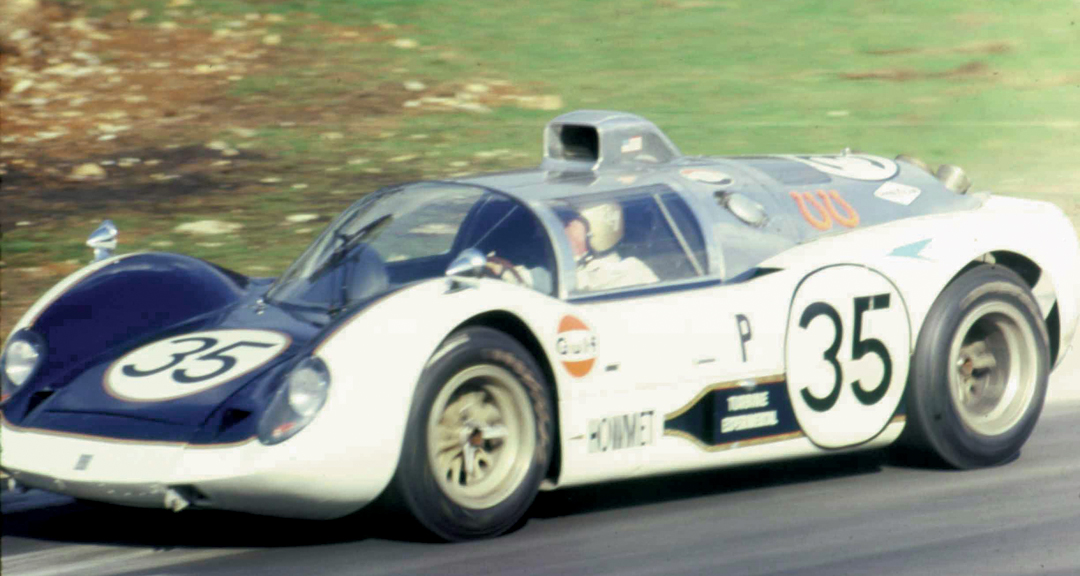In the first of a two-part series Michael Oliver examines the history of turbine-powered racecars.
With the emergence of jet and turbine engines during and immediately after the second World War, leading automakers, like Chrysler in the US and Rover in the UK, began to look at the feasibility of using a turbine as the power unit for a mass-produced car. It was inevitable that, sooner or later, someone was going to think of using one in a racecar.
A turbine-powered car first took the start of a major international race in 1963, when the Rover-BRM participated in the Le Mans 24-Hours. The project had come about because the managing director of Rover, William Martin-Hurst, was keen on promoting the company’s products through success in motorsport. The Le Mans organizers, who wanted to encourage a turbine car to compete in their race, put up a special prize of 25,000 francs for the first turbine to complete 3,600 kilometers in the 24-hours, an average of 150 kph (around 94 mph). This was just the carrot needed by Rover, and the car was given the go ahead.
No Subscription? You’re missing out
Get immediate ad-free access to all our premium content.
Get Started



